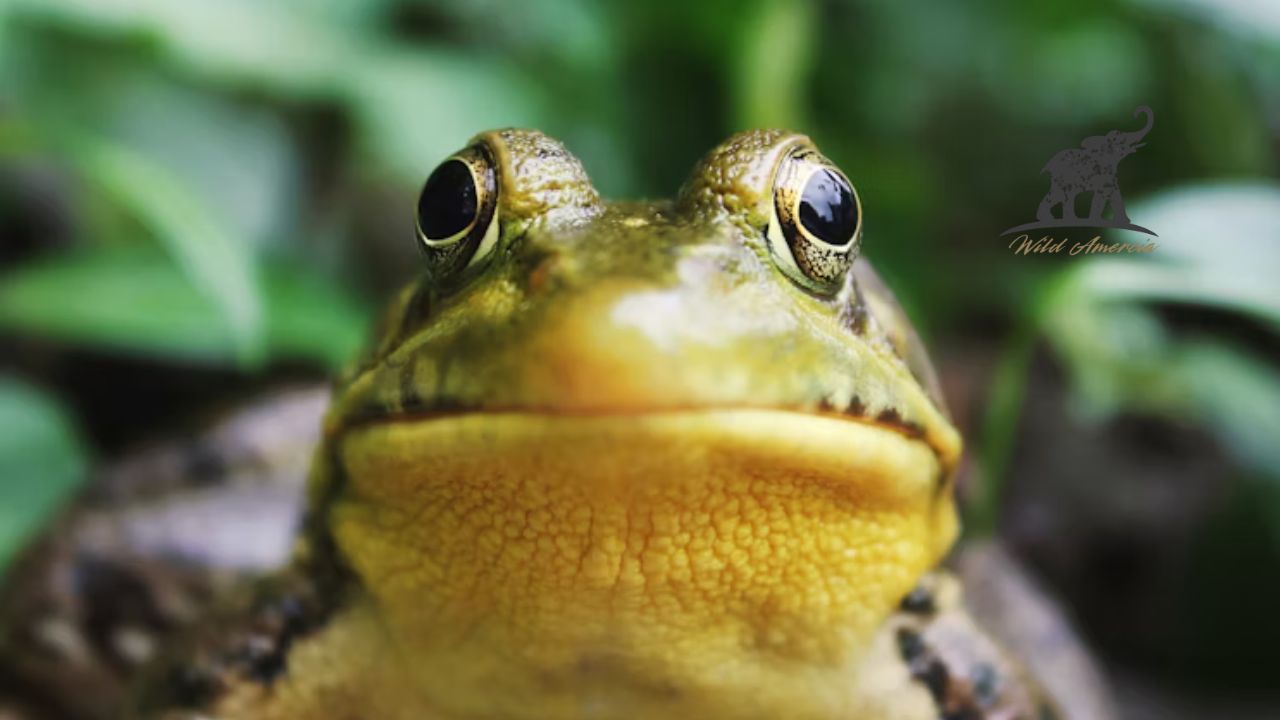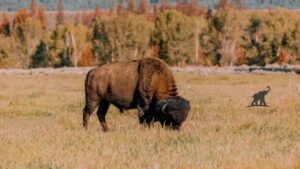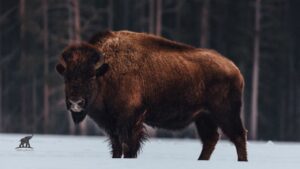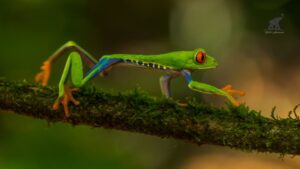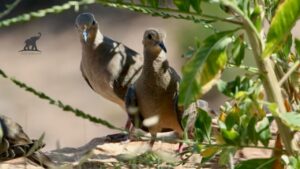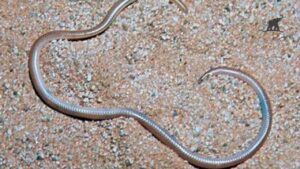Arroyo toad is a small, often overlooked amphibian that plays a vital role in its ecosystem. Native to California’s streams and rivers, this remarkable toad has become a symbol of conservation due to its endangered status. Whether you’re curious about wildlife or concerned about preserving biodiversity, understanding the arroyo toad is a fascinating and urgent topic.
Below, we’ll explore the arroyo toad’s unique characteristics, habitat, and the challenges it faces. Plus, we’ll uncover how conservation efforts are helping this tiny amphibian survive.
Quick Facts About the Arroyo Toad
| Feature | Details |
| Scientific Name | Anaxyrus californicus |
| Conservation Status | Endangered |
| Size | 2–3 inches long |
| Lifespan | Up to 5 years |
| Habitat | Sandy streams, rivers, and floodplains |
| Geographic Range | Southern California & Baja California |
| Distinct Traits | Light-colored skin with dark blotches |
What Makes the Arroyo Toad Unique?
A Master of Camouflage
The arroyo toad’s pale, sandy-gray skin helps it blend seamlessly into its surroundings. This camouflage is more than a survival tool—it’s also a reflection of its sandy, streambank habitat.
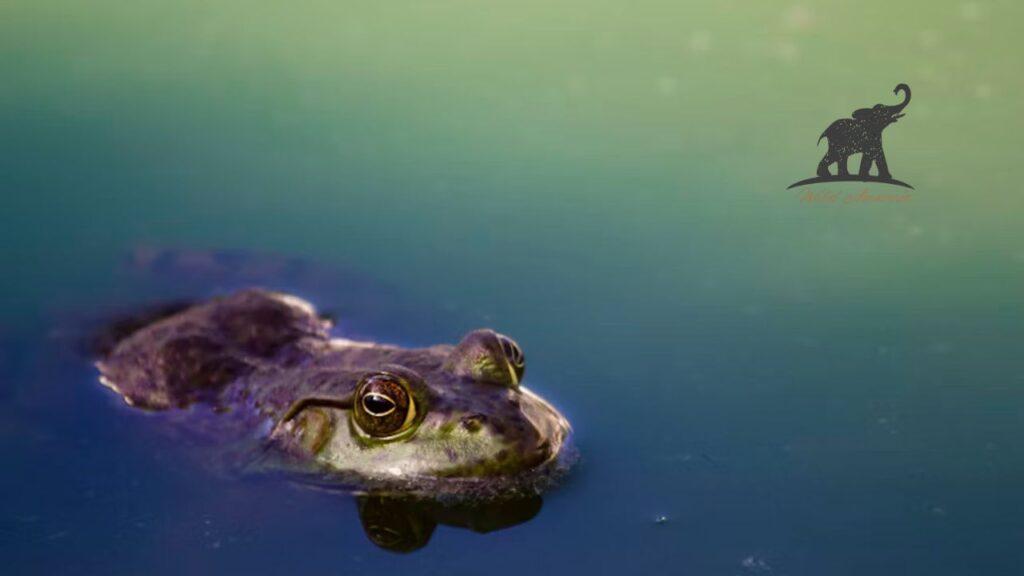
Interestingly, arroyo toads are nocturnal. They spend their days buried in the sand and emerge at night to hunt tiny insects. This behavior not only keeps them safe from predators but makes them a vital part of their ecosystem by controlling insect populations.
Breeding and Life Cycle
While arroyo toads may seem unassuming, their breeding habits are nothing short of extraordinary. During spring and early summer, males gather near shallow pools and sing a high-pitched trill to attract females. Once mated, the females lay strings of eggs that hatch into tadpoles within days.
Unfortunately, this fragile life cycle makes the arroyo toad extremely vulnerable to environmental disruptions, as breeding requires specific water conditions.
Threats to the Arroyo Toad
Despite its ability to thrive in harsh environments, the arroyo toad faces numerous challenges, including human activity and habitat loss.
Habitat Destruction
Urban development, agriculture, and recreational activities have significantly impacted arroyo toad habitats. For example, sand mining in Southern California has destroyed many streams and breeding pools. Flood control projects have also altered water flow, reducing the areas available for toads to breed.
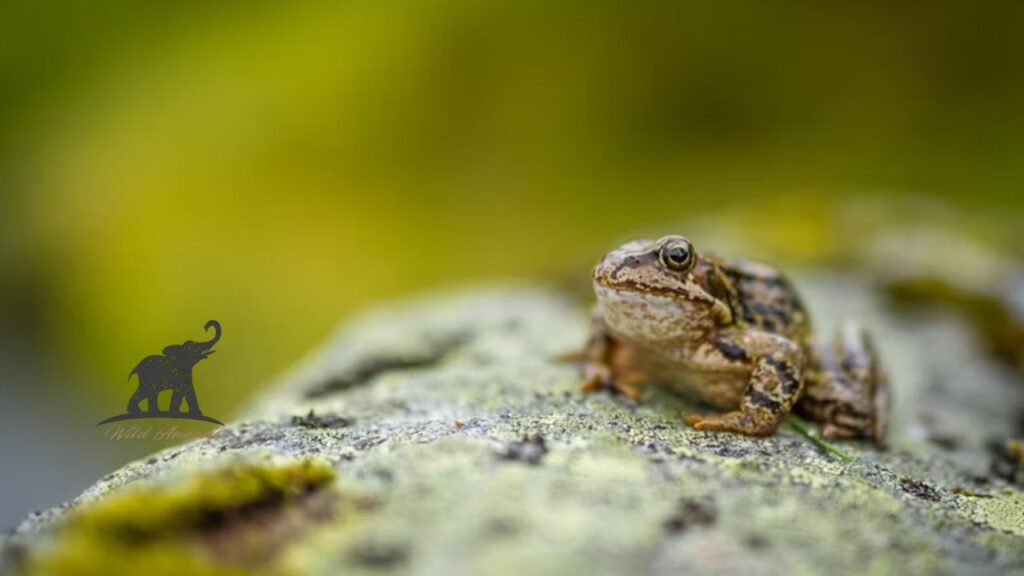
Climate Change
Rising temperatures and prolonged droughts in California have further shrunk the arroyo toad’s habitat. With water sources evaporating or becoming polluted, their chances of survival diminish each year.
Predators and Competition
The arroyo toad also faces threats from invasive species like bullfrogs and exotic fish that out-compete them for food or prey on their eggs and tadpoles.
The Role of Conservation
Efforts to save the arroyo toad have been ongoing for decades. Conservationists have implemented programs to protect and restore its delicate habitat. Here’s a look at what’s being done:
- Habitat Restoration: Projects like removing invasive plants and re-establishing native vegetation aim to restore natural streambank conditions.
- Captive Breeding Programs: Breeding arroyo toads in controlled environments provides a safety net against wild population loss. These programs also release toads into suitable habitats to increase their numbers.
- Legal Protections: Listed as an endangered species under the U.S. Endangered Species Act, the arroyo toad benefits from regulatory protections that limit harmful activities in critical habitats.
Success Stories
One notable victory is the restoration of the Arroyo Seco watershed in Los Angeles County. Once degraded by development, this area now supports a small but stable arroyo toad population thanks to community-driven conservation efforts.
Why Should We Care About the Arroyo Toad?
Protecting the arroyo toad isn’t just about saving one species—it’s about preserving entire ecosystems. This tiny amphibian plays a crucial role in controlling insect populations and supporting the food web. Without it, the balance of river ecosystems could be disrupted.
Beyond the ecological impact, the arroyo toad serves as an indicator species. Its health reflects the overall condition of its environment, meaning that saving the arroyo toad also helps safeguard clean water and biodiversity for other species—and for humans.
FAQs
1. Why is the arroyo toad endangered?
It is endangered due to habitat destruction, climate change, and competition from invasive species. Urban developments and water management projects have severely limited its breeding grounds.
2. Where can you find the arroyo toad?
They are found in Southern California and northern Baja California. They inhabit sandy streams and floodplains with specific water and temperature conditions.
3. How long do arroyo toads live?
On average, the arroyo toad lives around 5 years in the wild. However, their lifespan depends on factors like predation and habitat quality.
4. What are conservationists doing to help?
Conservationists are restoring habitats, implementing captive breeding programs, and leveraging legal protections under the U.S. Endangered Species Act to save the arroyo toad.
5. Can I help protect the arroyo toad?
Yes! You can support conservation organizations, participate in habitat restoration projects, and advocate for environmentally friendly policies in your community.
Final Thoughts
The arroyo toad is more than just an amphibian—it’s a reminder of the delicate balance of life on Earth. By understanding the challenges it faces and supporting its conservation, we play a part in securing the future of not only the arroyo toad but countless interconnected species.
Together, we can ensure the survival of this remarkable, resilient creature and the ecosystems it calls home.
Admin Recommendation
Cottonmouth Snakes in North Carolina (NC): Key Facts
The Fascinating World of Arctic Fox Fur
Experience the Majesty of Elk and Bison Prairie, KY
Cottonmouth Snakes in North Carolina (NC): Key Facts
Bald Eagle Spiritual Meaning: A Guide to Symbolism and Significance
The Appealing Charm of Ragdoll Kittens
Where to Find Arctic Fox Fur in AC Valhalla
The Barbados Threadsnake: Unveiling the World’s Smallest Snake
American Eskimo Dog: A Comprehensive Guide to This Charming Breed
Discovering Acadia National Park Wildlife
Spotted Salamanders: Nature’s Hidden Gems
Baby American Crocodile: Fascinating Facts About The Next Generation
The Fascinating World of the Albino Wild Turkey
American Bulldog puppies: Full of life, loveable and loyal
Baffin Polar Bear: A Journey into the Arctic’s White Majesty
NC Copperhead Snake: A Comprehensive Guide

